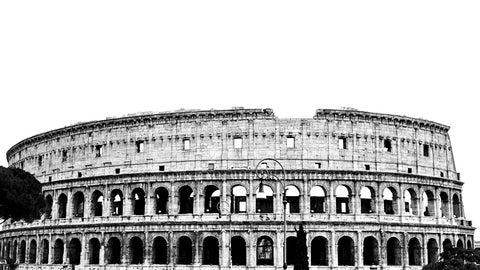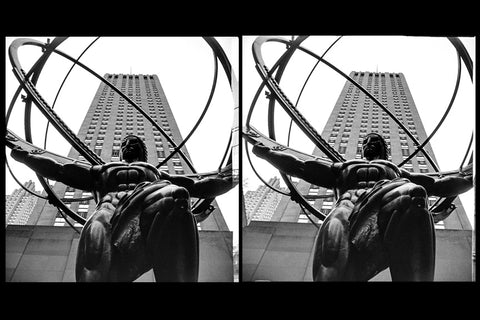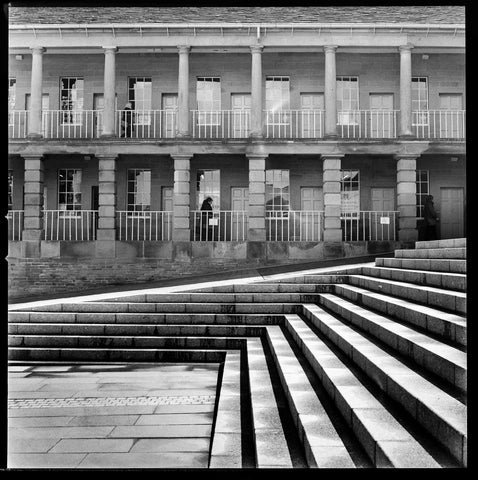So, here we are. Our first guest post, and what better way to start it in this unusually sunny February than by fantasising over holidays, and that all important decision to make when travelling: which camera shall I take? Filippo Nenna (@filnenna) is a photographer who lives in Houston, Texas, and he offers his valuable insight on the matter:
Shooting film opens up a world of beautiful and affordable cameras from the past - but once you’ve started a small collection (or a huge one) the moment we dread is when we need to pick a camera setup for a personal trip.
The thought process always starts simply, but highlights the compromises we make in every aspect of photography: portable 35mm or epic medium format? Compact slow lenses or big, heavy, fast ones? Will I only carry black and white film or try to mix in a colour roll? If I leave the tripod at home, then I’ll regret it, right? Should I bring a digital camera as backup, or will my phone do the job?

Turns out, I’ve chosen a different set up for almost every vacation, and each time it works out just fine. I’ve hauled around a Hasselblad 500 with an 80mm lens on one trip to Yorkshire, a Leica M2 with a compact 35mm f/3.5 around Rome, and I’ve spent a weekend in New York with a Stereo Realist and come home with great shots.

No matter what your kit, here’s some tips to making the most with what you have:
- One lens can imitate three. You can crop into a frame to effectively increase your focal length. You can stitch images together to create a wider shot. A normal lens can be very versatile for this purpose, as well as often being quite compact.
- Carrying two cameras can make you feel overwhelmed, and you could lose shots and enjoyment as a result. If you are travelling with family, they will love you more if you have only one camera and one lens.
- Leave any ‘just in case’ items at home. Unless you are intentionally out to get some night shots, a tripod will just weigh you down. The light meter can stay at home, too, because you can get a light meter app for your phone that will do the job (or you can just use the sunny 16 rule). Extension tubes and teleconverters never seem to be worth their place in my bag either. Some exceptions could include red or polarising filters that can help reduce shutter speed in bright sun, as well as provide some creative possibilities.
- No camera is too crazy or too limiting. There is a lot to be said for being creative with something unusual like a Box Brownie or a stereo camera. The problem-solving required to use a restrictive or quirky camera will pay dividends when you get back home to your digital rig.
- Lastly, don’t worry about the equipment you didn’t bring. Play to your setup’s strengths. For example, I’ve often carried an Olympus Pen FT for its compact size - the images can turn out grainy because of the small negative size, but doubling the number of shots on the roll meant less fear of wasting film for an experimental shot.
And if you totally made the wrong decision for the trip, there’s usually a camera store with used film equipment in a nearby city. One more for the collection, right?

Words and images: Filippo Nenna
You can see Fil's work by visiting his Instagram and his website.
We're still looking for guest writers, so if you want to get involved, feel free to email blog@wycameras.com!

